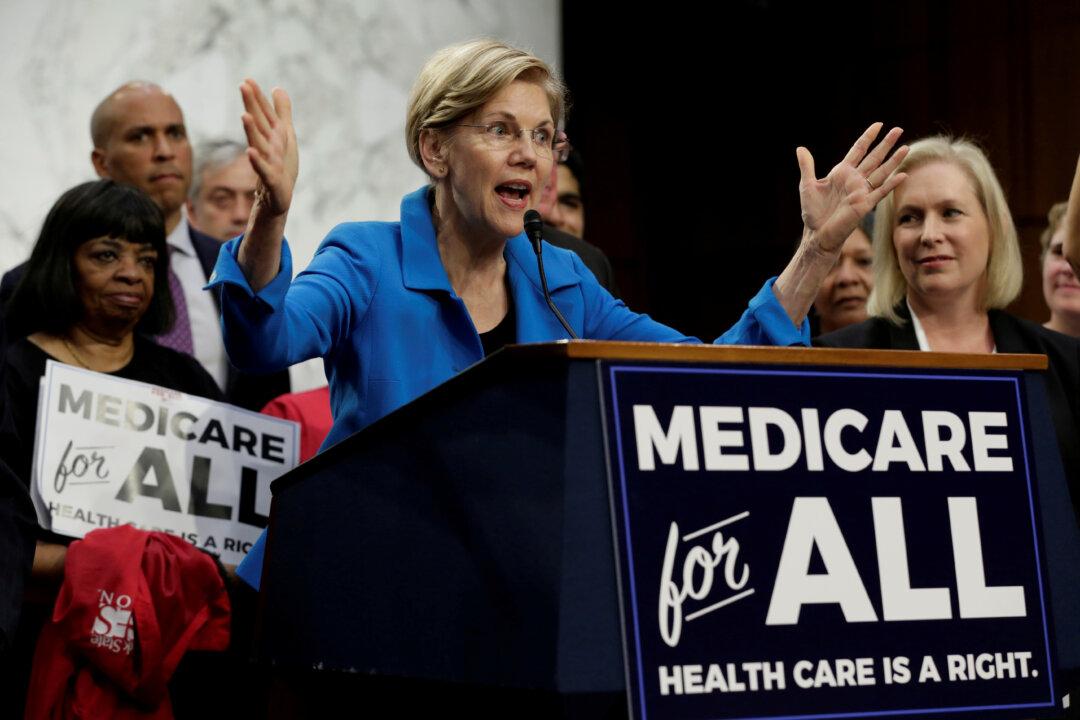Commentary
Sen. Elizabeth Warren’s Medicare for All proposal, with its recently released price tag and proposed way to pay for it, has generated much debate.

Sen. Elizabeth Warren’s Medicare for All proposal, with its recently released price tag and proposed way to pay for it, has generated much debate.